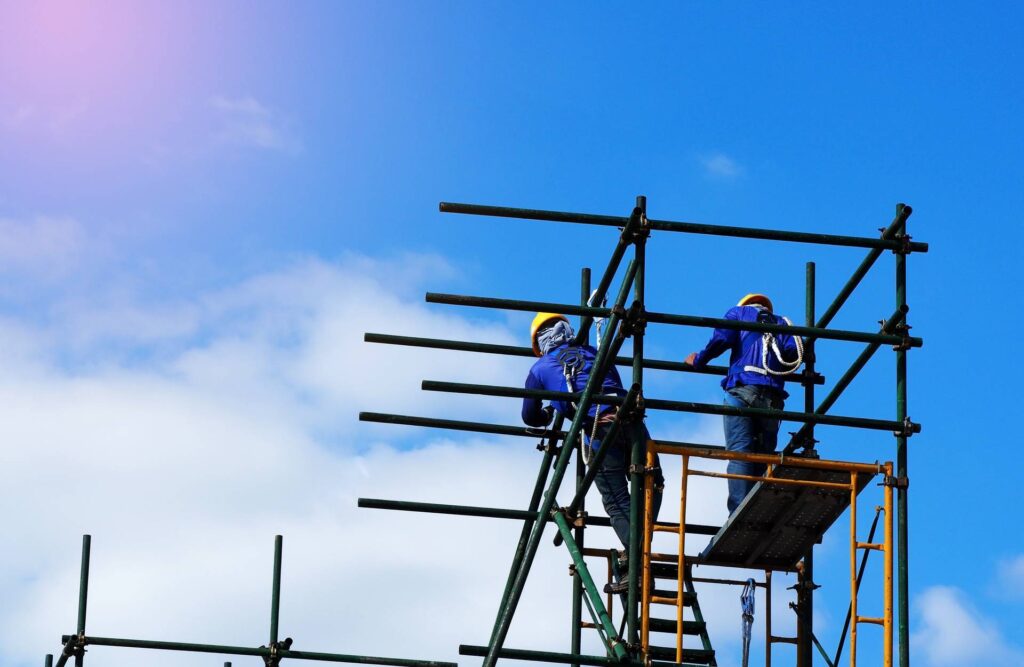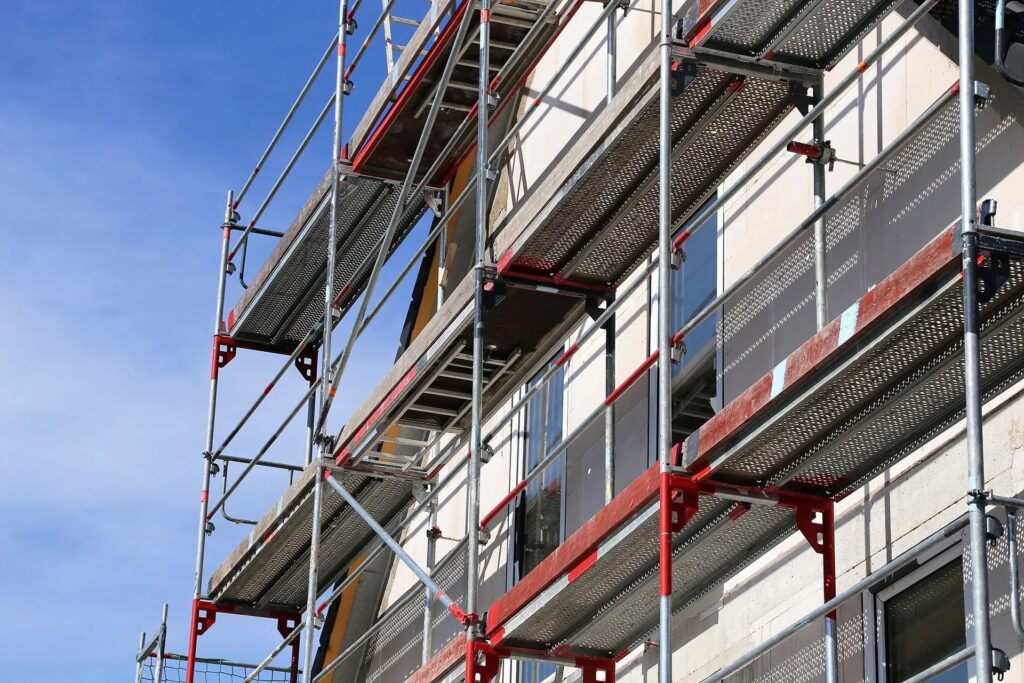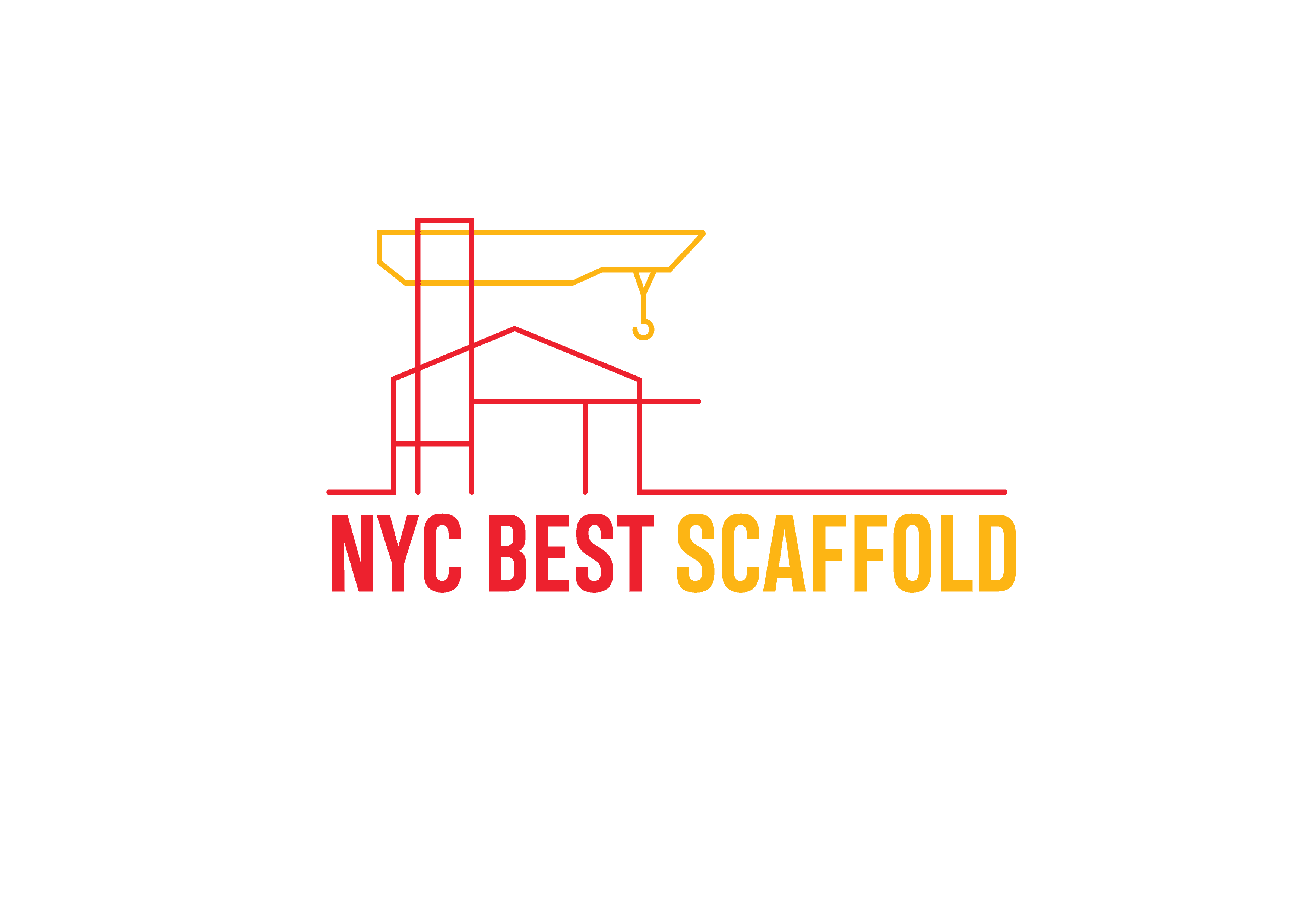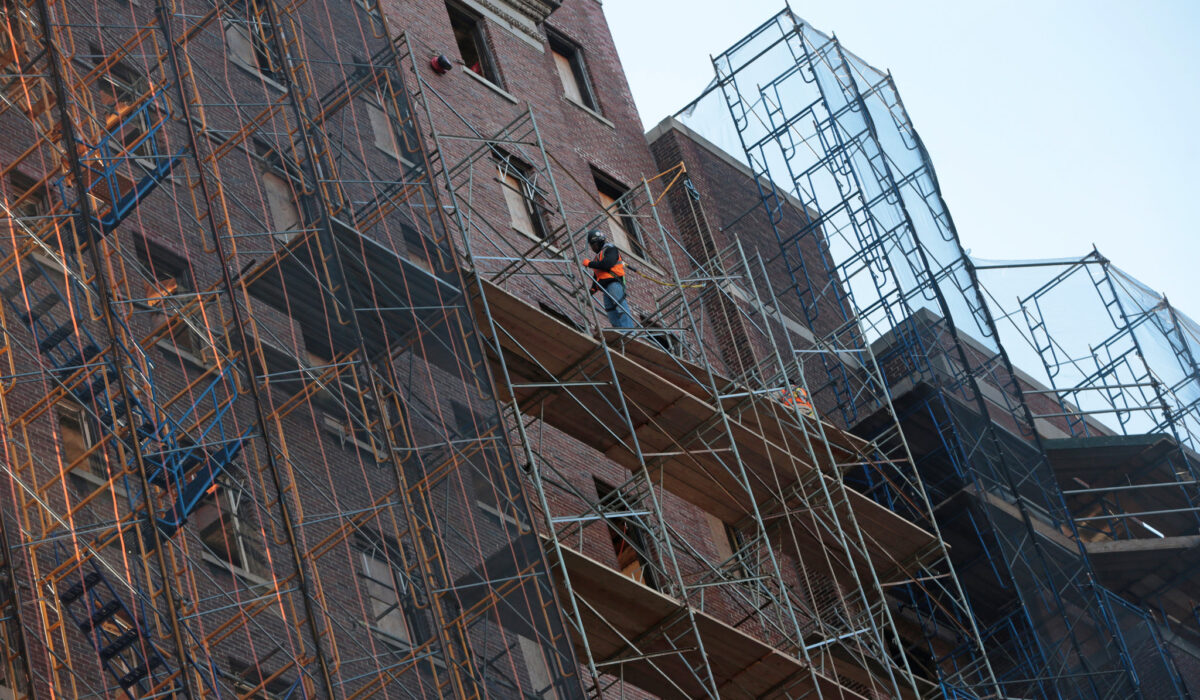New York City stands as a testament to human ingenuity and ambition, with its iconic skyline representing dreams realized and aspirations met. Behind the glittering facades of skyscrapers lie the often overlooked but crucial Scaffold NYC structures that support their construction and maintenance. These temporary frameworks serve as the backbone of the city’s ever-changing architectural landscape, enabling builders to reach new heights while ensuring safety and efficiency. In this article, we embark on a journey to explore the intricate world of scaffold structures in the Big Apple, uncovering the engineering marvels that make New York City’s skyline possible.
Historical Evolution
The use of scaffolding installation in construction dates back centuries, with ancient civilizations employing rudimentary systems to erect monumental structures. However, it wasn’t until the rise of urbanization and the demand for taller buildings in the late 19th and early 20th centuries that scaffold NYC structures truly came into their own. In New York City, the construction boom of the early 20th century, fueled by rapid industrialization and immigration, saw the emergence of towering skyscrapers that transformed the city’s skyline.
During this period, innovative NYC scaffold designs proliferated, driven by the need to efficiently construct and maintain increasingly tall and complex buildings. Traditional wooden scaffolds gave way to steel frameworks, providing greater strength and flexibility. Engineers and architects collaborated closely to develop bespoke scaffolding NYC solutions tailored to the unique challenges posed by each construction project.
Modern Marvels
Today, New York City’s scaffold structures continue to push the boundaries of engineering excellence. Advanced materials, such as lightweight aluminum alloys and high-strength composites, have revolutionized scaffold NYC design, allowing for greater versatility and durability. Computer-aided design (CAD) software enables engineers to simulate complex load scenarios and optimize scaffold configurations for maximum efficiency and safety.
One notable example of modern scaffolding NYC innovation is the “cocoons” used in the renovation of historic buildings. These encapsulating structures, typically made of translucent fabric stretched over a steel frame, provide a protective covering during restoration work, shielding the building facade from environmental damage while allowing natural light to filter through. Cocoons have become a familiar sight in New York City, preserving the architectural heritage of iconic landmarks such as the Empire State Building and Grand Central Terminal.
Exploring the Diverse Types of Scaffold Structures

Scaffolding NYC structures are essential components of construction projects, providing temporary support for workers, materials, and equipment at elevated heights. From traditional tube and coupler scaffolds to innovative modular systems, a wide range of NYC scaffold types cater to the unique needs of various construction applications. This article delves into the diverse array of scaffold structures commonly used in the construction industry.
Tube and Coupler Scaffolds:
Tube and coupler scaffolds represent one of the most traditional and widely used scaffold systems. They consist of steel tubes interconnected by couplers or fittings to form a sturdy framework. This versatile system allows for flexibility in configuration, making it suitable for a variety of construction projects. From simple renovations to complex high-rise buildings.
Modular Scaffolds:
Modular scaffolds, also known as system scaffolds, are prefabricate scaffold systems compose of standardize components. These components, including frames, braces, and platforms, can be easily assemble and disassemble, offering efficiency and versatility on construction sites. Modular scaffolds are particularly popular for their adaptability to different layouts and heights. Making them ideal for projects with varying requirements.
Frame Scaffolds:
Frame scaffold, characterize by their ladder-like frame and cross-bracing, are common used for light to medium-duty applications. These scaffold NYC are easy to assemble and provide a stable platform for workers and materials. Frame scaffolds are frequently employe in residential construction, maintenance, and renovation projects due to their simplicity and cost-effectiveness.
Suspended Scaffolds:
Suspended scaffolds are suspende from overhead structures or support systems. Allowing workers to access vertical surfaces such as building facades or bridges. These NYC scaffold typically consist of platforms supported by ropes, chains, or cables, offering flexibility and maneuverability at varying heights. Suspended scaffolds are indispensable for exterior maintenance, painting, and facade restoration projects.
Cantilever Scaffolds:
Cantilever scaffolds, also known as needle scaffolds, are employed in situations where ground-level access is limited or obstructed. These scaffolds feature horizontal beams supported by structural elements protruding from a building or structure. Cantilever scaffolds are commonly used in scenarios where traditional scaffolding methods are impractical, such as overhanging structures or confined spaces.
Mobile Scaffolds:
Mobile scaffold NYC, often referred to as rolling or portable scaffolds, are equipped. With wheels or casters for easy mobility around a worksite. These scaffolds typically feature adjustable heights and platforms, allowing for quick setup and repositioning as needed. Mobile scaffolds are popular for tasks that require frequent movement or access to different areas. Such as painting, plastering, or electrical work.
Conclusion

In the dynamic landscape of New York City, scaffolding NYC structures stand as silent sentinels of progress. Enabling the realization of architectural dreams while upholding the highest standards of safety and sustainability. From the towering skyscrapers of Manhattan to the historic brownstones of Brooklyn. Scaffold structures form the invisible scaffolding upon which the city’s aspirations are built. As we look to the future, it is clear that innovation and ingenuity will continue to drive the evolution of scaffold NYC design. Ensuring that New York City’s skyline remains a beacon of human achievement for generations to come.
Experience the pinnacle of safety and efficiency with NYC Best Scaffold solutions. Trust us for your next construction project. Contact us now to elevate your project to new heights!”

